From the early 1980s until the mid-1990s, many homes across the country were plumbed with plastic tubing called polybutylene, aka PB. It looks like PEX tubing, can have similar crimp rings at the fittings, and is installed in a very similar manner. All was good with this stuff… until it wasn’t.
Homeowners all over the country started experiencing leaks in their plumbing systems, both at the PB fittings and the PB tubing itself. This led to a class-action lawsuit against the manufacturers of PB tubing, and this became a “thing” for home inspectors to report as a known defect.
How to Identify PB Tubing
I’ve heard this material comes in several colors, but I’ve only seen one: grey. The photos below show what it looks like.
And to be 100% sure you’re looking at PB tubing, look for a marking that says “PB2110”.
What to do about PB Tubing
Today, there are still tons of homes throughout the Twin Cities with PB piping; my company alone runs across this material about once a month. Just because this material is still in use and hasn’t leaked yet doesn’t mean it won’t leak in the future. Mark Jerde at RightMark Plumbing told me he deals with PB leaks and repairs several times a year. When a home experiences a leak, it typically turns into an insurance claim for the damage caused to the home. The repair always involves the complete replacement of the PB tubing, typically in the $5,000 – $10,000 range.
If you’re buying a home with PB tubing, your best option is to have the tubing replaced. It’ll cost some money initially, but it’s less expensive and far less disruptive to your life than dealing with a leak. If you choose not to have the tubing replaced, you might have a difficult time getting homeowners insurance. And for the record, there is no more money available from the class-action lawsuits.

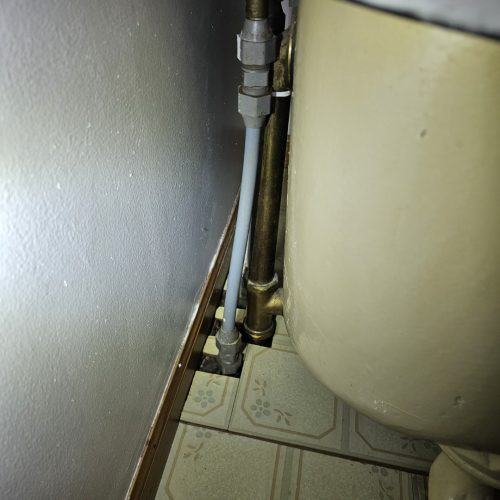

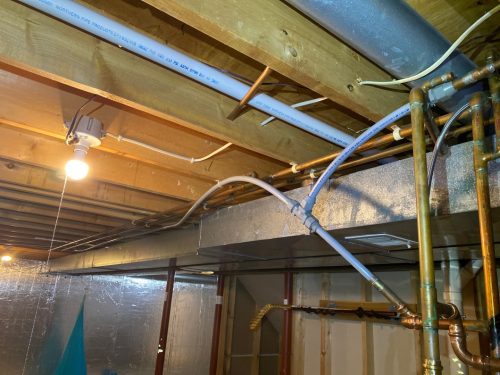

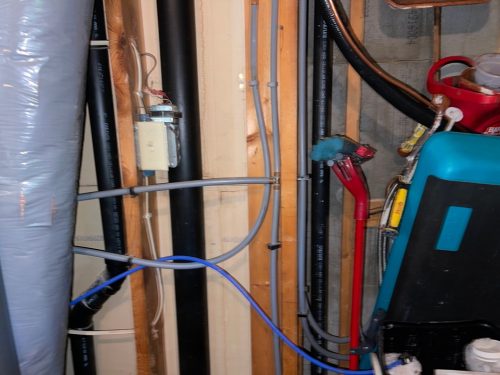
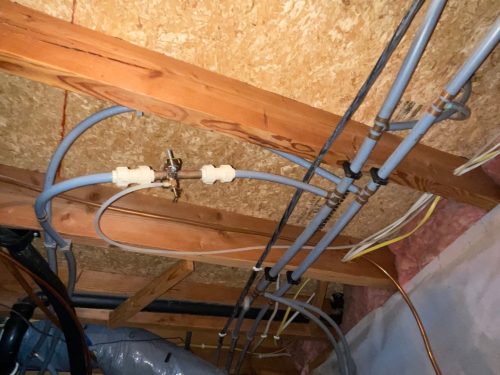
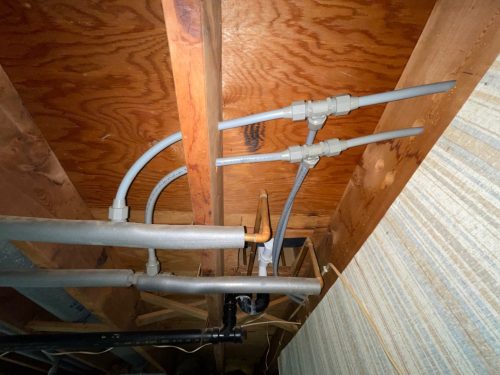
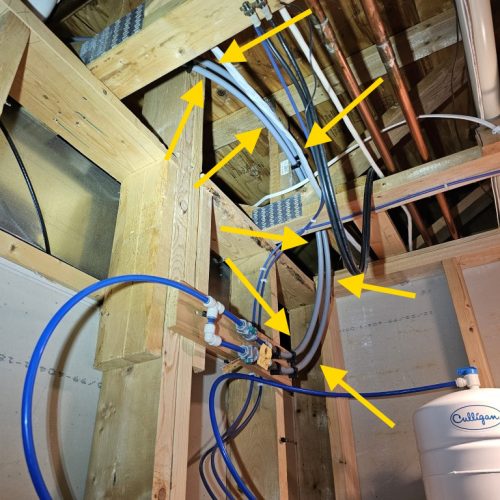
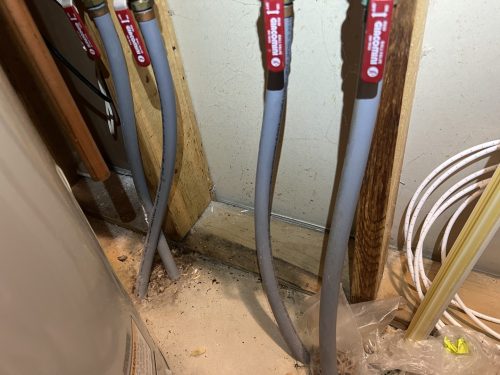
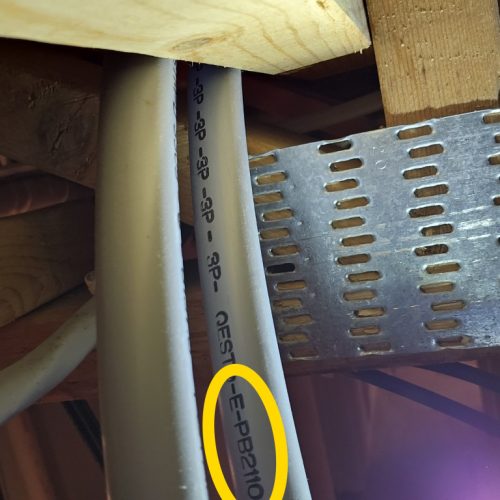
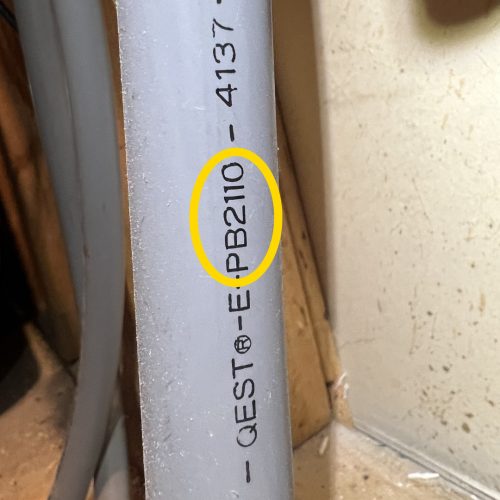
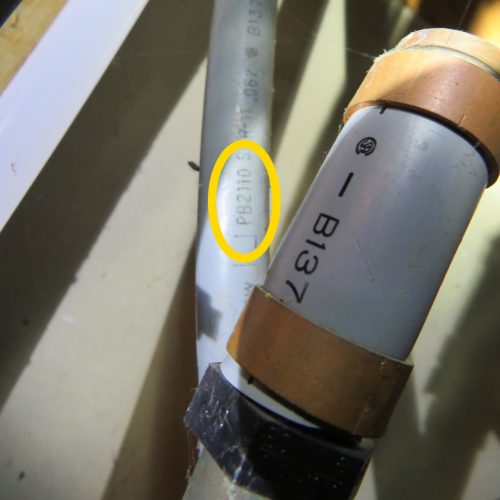
Tim Rubash
April 9, 2024, 8:01 am
Great video. Good job Reuben explaining in a very clear and concise manner so we can all understand.
Ed Randall
April 9, 2024, 9:37 am
Hi Ruben, thank you for taking the time to post these videos. They are always very informative and we do appreciate them. May I add my contribution to your polybutylene blog. I have done a little research over the years and here is some information. You may find interesting about this type of plumbing waterline. Poly bee is subject to water pressure, water pressure lower than about 55 pounds seems to help. Poly bee is subject to chlorine, I am not sure what levels of chlorine will affect the poly bee, but if you can smell it in the water, even slightly, you may want to get a water softener or some filtering system to remove the chlorine. Thirdly, poly B is susceptible to temperature changes, not so much when you have a shower, but keeping the water temperature down to around 125 would help. Also as in hose bibs going to the exterior, where a portion of the waterline may be subject to almost freezing. If you see some fuzzy material around any fittings, that is an evaporative leak, which is a warning that the fitting is about to let loose, probably within about six months. Something to think about, keep up the good work.
Thank you
Ed Randall.
Reuben Saltzman
April 9, 2024, 10:57 am
Thank you, Ed. Good tips! I’m pretty sure this photo shows an evaporative leak. I didn’t include it in my blog post because it was out of focus.